Paradoxes and consequences of multi-party system
Political pluralism, multi-party opposition is a tendency to organize political and social life that appeared in the early 18th century with the tendency to absolutize the diversity and antagonism of political parties. Multi-party system is a system in which there are many political parties capable of gaining the right to run the government independently or in coalition with each other.
World political history teaches us a number of lessons that the oppositional multi-party system often does not lead countries on this path to peace, stability and prosperity, but on the contrary, it leads to discord, isolation, and even paralysis of the public apparatus. Returning to the historical context of Germany in the late 19th and early 20th centuries. In Germany during this period, there were many political parties, each representing clearly defined social interests, competing for power and benefits from power, compromising and signing agreements with each other whenever possible. The division in political life not only led to painful consequences for Germany in the late 19th and early 20th centuries, but also still leads to political instability, increasing poverty and riots in many countries around the world.
Looking back at the "Arab Spring" revolution that took place in 2011 shows that. The polarization of rich and poor and corruption are the underlying causes leading to the uprisings that overthrew the government in a series of countries in the North African and Middle Eastern regions. However, after the overthrow of the government, what people expected was a stable political system, less corruption, and concern for the lives of the majority of people. What the outside forces preached was not implemented in reality. Instead, there was a struggle for power between political parties and forces. Up to now, in these countries, there is no political party or political force strong enough to unify and lead the country, causing the society to not yet stabilize and develop.
The multi-party system, with its organizational structure, allows opposition parties to challenge the policies of the ruling party in order to implement democracy, but paradoxically, it makes the government fragmented and divided. Political polarization disperses resources and policies that benefit the majority of people will often be difficult to implement. Because when not in power, political parties will have the task of finding ways to criticize the policies of the opposition party; the main purpose of doing this is not to have a dissenting voice to make the policies better implemented but to win votes for their party in the next elections.
Looking at the political life of countries organized under a multi-party opposition regime, we will see that political parties compete for power, they do not rely on the interests of the majority of people to solve problems but originate from the interests of the party, even narrow personal interests.
The choice for stability, prosperity, freedom and happiness of the Vietnamese people
World political history has given us many lessons to see that division, disintegration, and lack of concentration of political power will lead to discord, which is the seed of suffering and unhappiness for the people.
In Vietnam, in the late 1920s, along with the development of patriotic movements, communist party organizations were born, typically the An Nam Communist Party, the Indochina Communist Party and the Tan Viet Revolutionary Party. After their birth, the three communist organizations all declared their support for the Communist International and all considered themselves to be genuine revolutionary parties. However, the emergence and existence of three communist party organizations carrying out revolutionary activities together led to the division of resources, and the parties attacked each other to compete for influence. The division and mutual attacks of communist organizations in Vietnam during this period caused great harm to the development of the revolutionary movement and caused suspicion and confusion among the masses.
To end the division and mutual attacks of communist organizations, in early January 1930, authorized by the Communist International, Nguyen Ai Quoc went to Hong Kong to convene a conference to unify communist organizations into a single Communist Party in Vietnam. The birth of the Communist Party of Vietnam on February 3, 1930 is a historical proof that shows us how to organize a single ruling party, this is the right choice of history, in accordance with the cultural, political, economic and social characteristics of our country.
Compared to the multi-party opposition system, many views believe that countries with a single ruling party leading the country are "totalitarian one-party regimes". Every year, reports on the Democracy Index still rely on the multi-party opposition criterion to assess the level of freedom and democracy of a country. Based on these reports, they preach that countries like Vietnam with a single ruling party leading the country have a general tendency that "that party will monopolize power, usurp the functions of the state, and control the entire life of society in general and of individuals in particular". They "recommend" that, "Vietnam needs to implement "political pluralism, multi-party opposition" to implement democracy" (!).
However, it must be understood that, whether referring to democracy as a good value, democracy as a form of governance, a way of making common decisions or democracy as a political regime, all of these meanings do not originate from how political parties are organized. Although it is a one-party regime, we have been implementing democracy in our own ways, in accordance with the cultural characteristics, customs, lifestyle and democratic practice capacity of the Vietnamese people.
The history of revolutionary struggle in Vietnam has shown us that the Communist Party of Vietnam is the only organization leading the country, which is the right choice of history, in accordance with the customs, habits, and democratic practice capacity of the Vietnamese people. If someone tells us that Vietnam needs to learn from other countries in the world, to abolish the monopoly regime of the Communist Party of Vietnam to organize political life according to a multi-party system, especially a multi-party opposition system like many other countries in the world, then we should not be confused or wavering, but look at the political life of countries with a multi-party system, especially the multi-party opposition system that has been specifically analyzed in the above section. Look at the current life of people in countries that have experienced the "Arab Spring" or "color revolution", those who have believed in those incitements, how they are yearning for a peaceful, stable life, without conflict, poverty and increasing crime to consider their views and choose the right action.
Until now, the multi-party system, especially the multi-party system in contrast to proportional representation, is still used by Western countries as a "standard of advanced democracies". The history of organizing political life in the world shows us that democracy does not originate from the way we organize political parties. If you read somewhere or hear someone preach that Vietnam needs to build a multi-party system like the model of many Western countries, then remember: Currently, in the world, there are dozens of countries that choose the "pluralism, multi-party" system but are immersed in poverty and constant political crisis. We have an advantage over them because we have examples before our eyes to learn from and choose from. Our most correct choice is: The Communist Party of Vietnam is the only ruling party, leading the state and society. This is the choice for the stability, prosperity, freedom, happiness of our people and the sustainable development of Vietnam.
Source






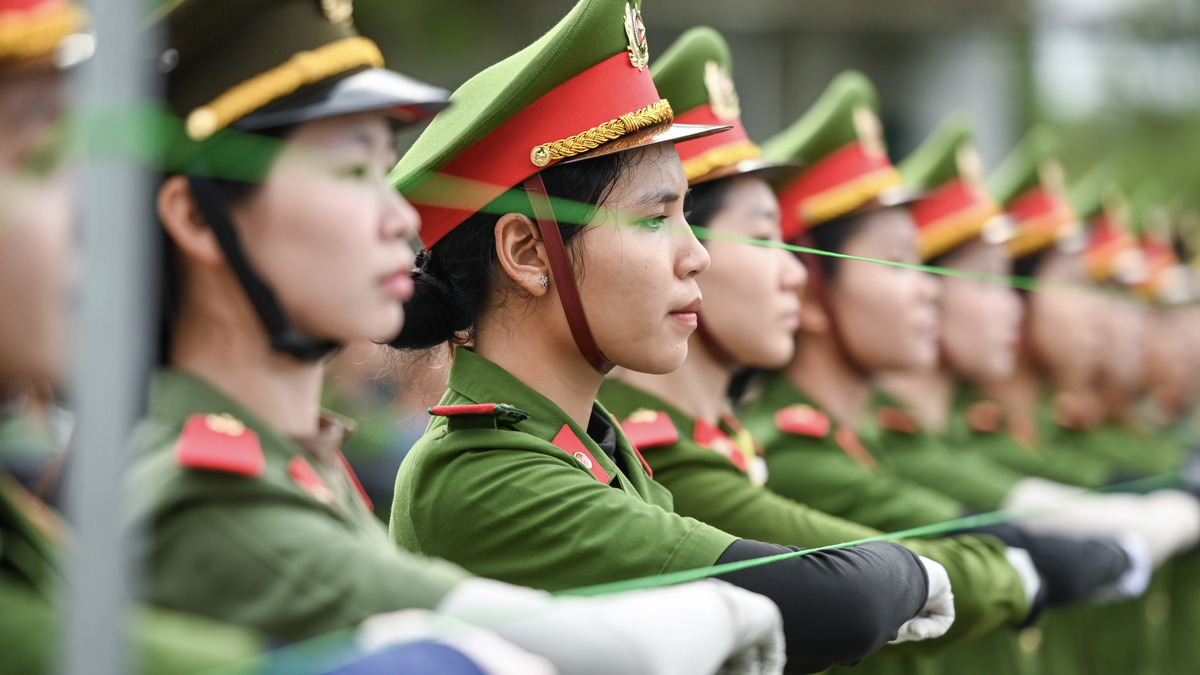



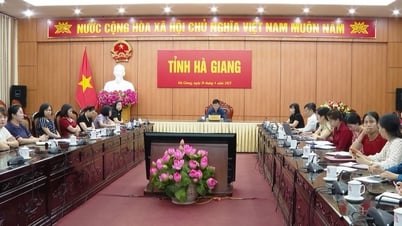

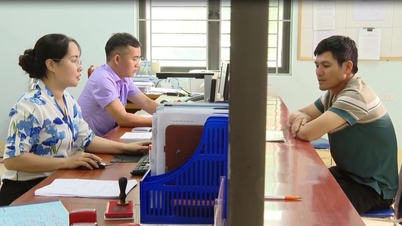





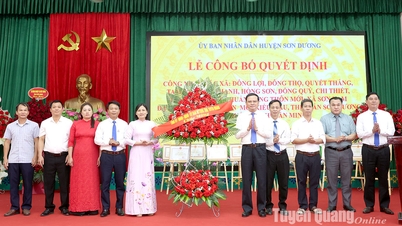
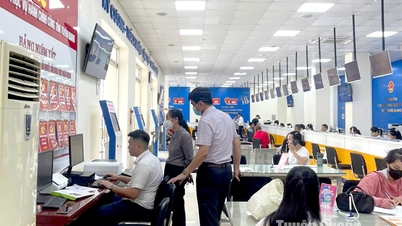
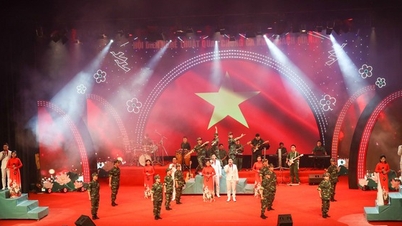








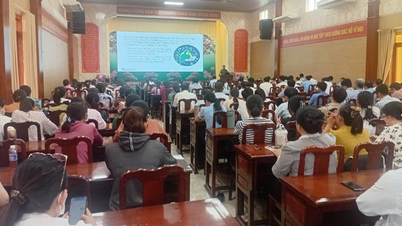






































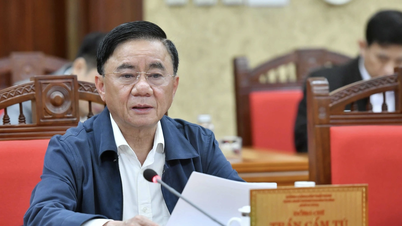



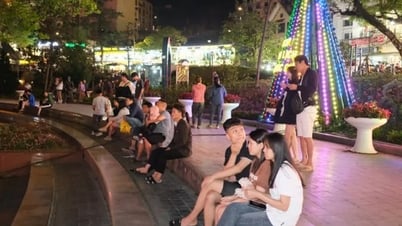
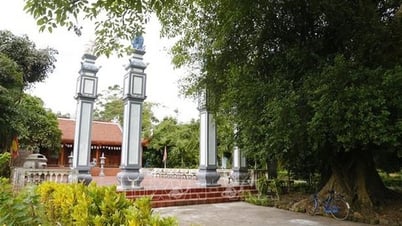

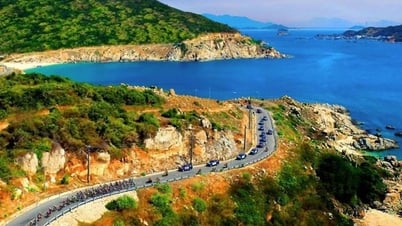




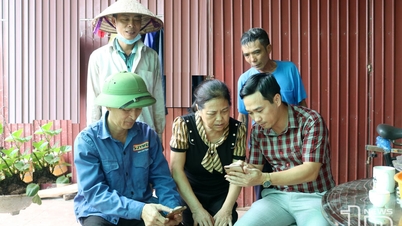




















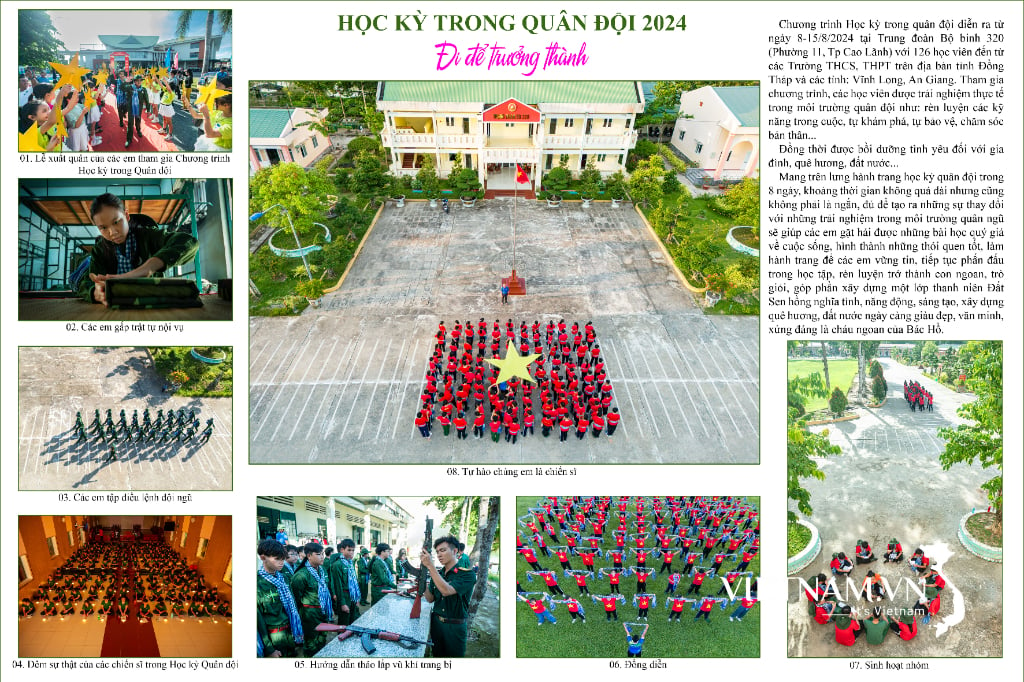

Comment (0)